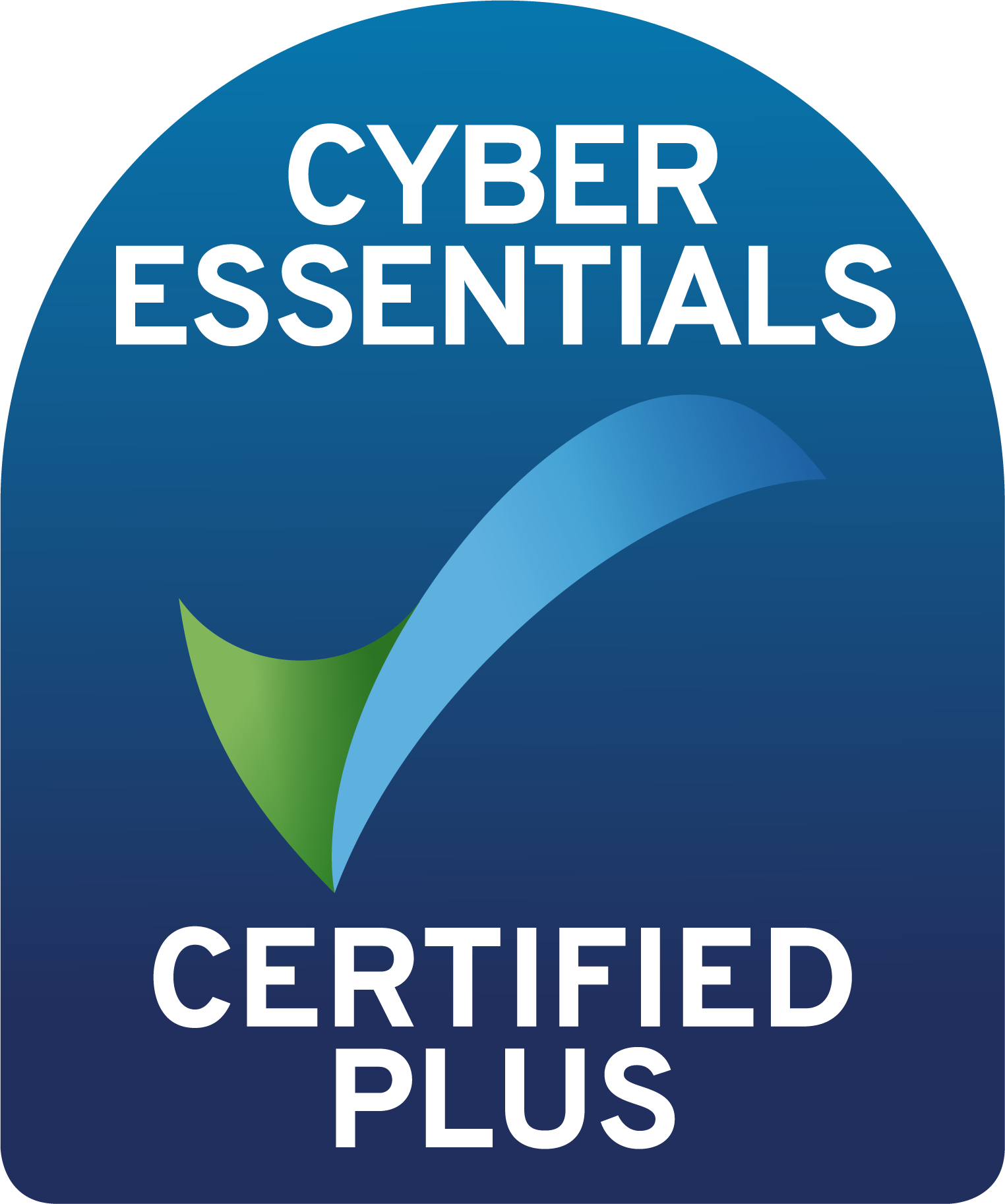The debate has raged on for years, two behemoths fighting it out in the IT infrastructure arena, Cloud Computing vs Colocation, what’s best? Compelling arguments are presented for both sides. Some people resolutely defend the extensive security of Colocation, whereas others raise convincing points for the flexibility that the cloud presents. However, it may be that there is no superior option, why get caught up in what’s better cloud computing vs cloud, but rather which best fits the user’s needs. Perhaps the answer is a “Hybrid” of both …
Colocation Services
Colocation services, often abbreviated to Colo, have never been in such high demand due to a resurgence of hybrid IT strategies. Using data centre infrastructure combined with on premise and cloud services are creating edge computing network architectures which are driving major adoption again of colo following a pivot of IT services to public cloud providers in the mid 2010s.
The ability to rent space, power and cooling for IT hardware has never lost its appeal to businesses that recognise the overall efficiency gains and cost reduction of supporting in house infrastructure realised by choosing a Managed Colocation Service. Colocation historically has been a popular approach to IT service delivery before cloud services were readily available and have become even more relevant as the mass adoption of digital services was spurred on by a global pandemic. The need to process and produce information and results to expectant end users quickly and efficiently accelerated this adoption for most businesses. Ironically, the response to always on, instantly available digital services has been made possible because of the vast amount of colocation data centres across the world. With over 280 Colocation data centres currently operating within the UK alone Edge Computing projects and cloud services have been readily available.
As Edge Computing networks become more critical to the intelligence and data processing of consumer interaction on the move, the need to have either cloud or physical infrastructure to join these edge networks together becomes more complex.
Colocation Services come with a range of additional benefits besides the warehousing of equipment. Managed Service providers like Vissensa offer a range of additional services to accelerate bringing new services to market such as readily available hardware at the edge location, network services already provisioned and links to cloud platforms like AWS, Azure and Google. There is also a team of technical experts on hand to help in the initial project design right through to the management and monitoring of services once the system is live.
The additional security that Colocation can provide is also a gamechanger as many organisations want to ensure the data centre has security accreditation, is manned and managed on a 24/7 basis and has the right plant and infrastructure redundancy (at least N+1) to provide an always on service.
Many legacies on premise operations lack the ability to have duel fed grid and generator power availability and diverse network connectivity that is the norm within most data centre footprints, another reason why relocating equipment to a Colocation Managed service provider is back in vogue.
What is cloud computing?

The cloud is an umbrella term that is used to describe a network of connected servers that provide customers with the ability to rent virtual servers and host their infrastructure on them. According to 451research.com, 90% of businesses will have some form of IT service operating on the cloud within the next ten years, Edge Computing network architecture will only accelerate this further. There are two main types of cloud:
Private Cloud – This is a bespoke, built environment dedicated to a customer. As such, they are the only user to have access to that system, providing higher levels of security and privacy through using additional security features, such as company firewalls. A private cloud is a cloud service that is not shared with any other organisation. The private cloud user has the cloud all to themselves. The advantage in this is there is more flexibility to the underlying technology when a cloud service is fully allocated to just one client. It is however more expensive.
Public Cloud – A public cloud is a type of computing in which a service provider makes resources available to the public via the internet. Resources vary by provider but may include storage capabilities, applications or virtual machines. One of the advantages of a public cloud is it can be rented for short periods of time; however, this is the most expensive method of consuming compute and storage.
The internet is generally available for a shorter period of rent but may be subject to contention with other internet traffic. The consideration of protecting the service using the public internet also needs careful planning.
Perhaps the biggest advantages to public cloud hosting are that it is becoming more reliable, and the providers can now offer geo redundancy to a cloud service. The reliability is achieved through running infrastructure across multiple locations and easily configuring the ability of DR (disaster recovery) to other sites if configured to do so. When comparing against colocation, users will need to consider implementing a secondary site, to enable these backup and disaster recovery capabilities. This could increase the planned costs of cloud hosting without any owned assets, whilst colocation allows users to continue to own the asset with the control remaining in-house.
The cloud also provides a scalable approach to computing, with many cloud providers owning multiple data centres across different regions and locations, provisioned with readily available equipment to host applications or workloads. The adoption of edge computing as organisations adjust their IT strategies to encompass the speed at which digital service adoption has been embraced by consumers is only just beginning. The importance of information supplied and received by consumers is the new currency and is being termed “the fourth industrial revolution”
This ability to use existing infrastructure provides users with access to a significant number of resources, with options that make it easy to acquire more processing power, depending on the requirement. Colocation provides users with the ownership of an environment, either owned, rented or leased and provides part of the strategy to ensure the environment has this scalability to accommodate more workloads and applications over time.
Colocation, Cloud and a mixed Hybrid model mitigate one of the downsides to service delivery when the geographical location to be close to the consumer is not well supported. In these cases, users could experience significant problems with latency, due to the excess distance that data must travel from the device to the core infrastructure and back. The service offered can become irrelevant or unresponsive which can be enough to not make any commercial sense. Here is where Edge computing network architecture plays its part in doing all the heavy lifting, processing locally, sending back only the critical bits of information to a central processing site and mitigating the poor communications in the area.
Hybrid Cloud
So a spanner in the clarity of the debate on Cloud Computing vs Colocation is the ascending popularity of the Hybrid Cloud infrastructure model. A model that provides users with the best of both worlds, by being a mixture of public cloud, private cloud and colocation environments or even a public cloud with a colocation approach that is servicing the edge computing network architecture requirement. Hybrid, like the name suggests, combines the features of all of these elements to create a “Hybrid” Infrastructure.
The ascendancy of hybrid is unsurprising as many cloud adopters have been operating cloud services for long enough to be able to evaluate cloud service costs over physical infrastructure service costs. The result is that many organisations now recognise that a mixed hybrid model is the most cost-effective way to service their workloads but it needs careful evaluation.
As an example, a dynamic workload such as Research and Development may work best in a Public Cloud environment with the ability to turn on and off infrastructure, whilst production workloads may work best in a colocation environment where control is in place particularly when the cost of potential data egress charges are factored in. The thinking is no longer Cloud Computing vs Colocation which one is best, but which one suits my specific need best for this project.
These charges are levied on corporate data that is moving out of a cloud into another environment, and importantly, if that environment is another cloud (even of the same vendor), but in a different Geo to ensure redundancy. The cost of this movement can be a significant factor in where regularly used data is stored and this is how organisations have developed their cloud topologies to make the best use of the cloudification of services without paying the penalty for storing and moving data around their enterprise. Heavy SQL use and licencing is a good example where a hybrid model with physical equipment in colocation may cost less than a cloud SQL service.
Moreover, by having a hybrid solution, users could gain the benefits of cloud services, and store some part of their data on the cloud, whilst also securing more sensitive data privately, giving them both the security and flexibility of each. This makes this approach very effective for giving users a “pick and mix” type experience where different elements can be applied for respective data.
An important consideration when contemplating cloud, colo or a hybrid mix is the need for staff to help maintain this service who have the right experience in all types of deployment. As an example, security across these services (called federated services) has a number of different elements to ensure security is maintained, which is why Vissensa is ideally placed to advise and support such projects.
So, who wins the battle, Cloud Computing vs Colocation?
Ultimately, the answer to the debate Cloud Computing vs Colocation depends on what a business needs and values the most and how they are contemplating the increasing need for edge computing services. Colocation can be a very secure option and is a popular choice because of this, more so as edge devices become available in geographic locations where the primary IT service is not normally located, Conversely, “The Cloud” is often the more scalable option, but for some, the potential network availability and latency problems coupled with the egress charges and the lack of ownership of the assets may be significant factors against full cloud adoption. With a growing amount of data available to organisations detailing the costs and complexities between the models, the ability to fine tune an IT strategy has never been more accessible.
If you would benefit from speaking with the Vissensa Technical team about your Colocation or Cloud requirements, give us a call today: 02382 357 800
Sources: https://www.datacentermap.com/united-kingdom/
https://451research.com/blog/1933-more-buying-less-building-in-the-age-of-consumption











